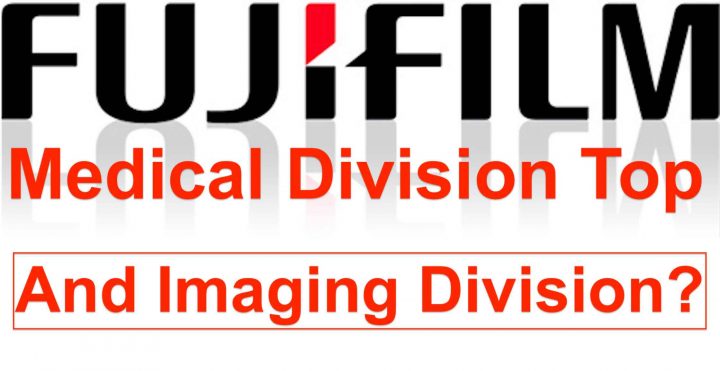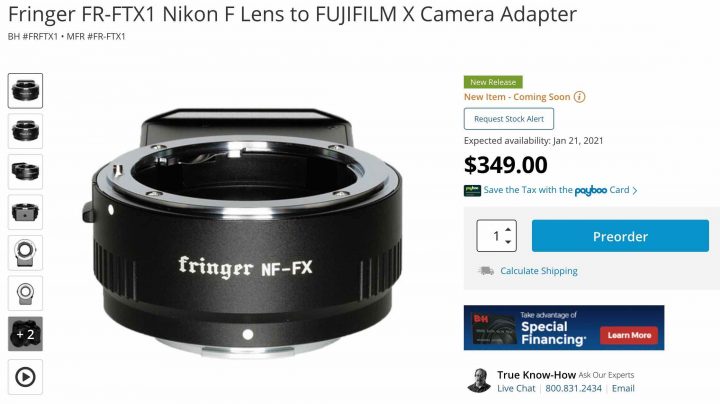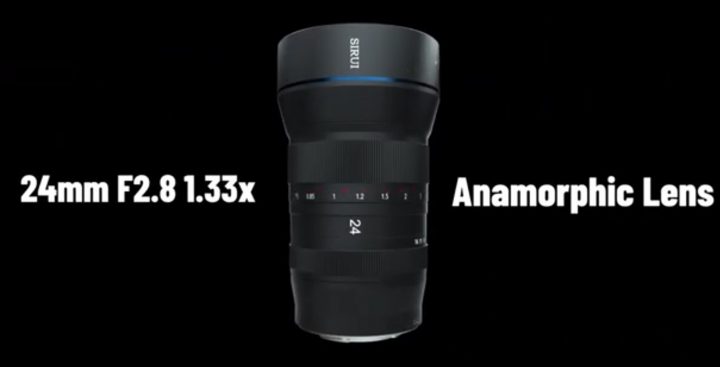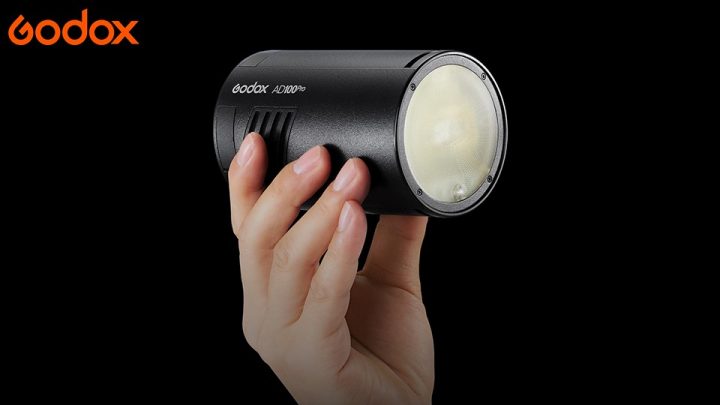
Fujifilm largest and most promising branch is the medical business.
As a consequence, that’s where Fujifilm puts lots of R&D.
How active Fujifilm currently is in the medical segment and how much money they are investing and making, can be read in an interesting article at Nikkei.
Fujifilm is seeing a massive growth, but it’s still not the Nr.1.
Despite its advances, Fujifilm will still not be the biggest medical equipment maker in terms of profit. […] the company foresees an operating profit ratio of 8.3% to sales in the medical-related business in fiscal 2020, lower than Terumo’s 15% and Olympus’ 18.6%.
However, one of the biggest advantages Fujifilm has, is that:
Fujifilm produces its own software while other medical equipment makers often outsource the work
That’s all fantastic news for Fujifilm, especially considering that the other two main branches they work in are struggling:
The group’s medical business has become a powerhouse for earnings, offsetting declines in sales of office equipment and cameras.
But is this good or bad news?
Well, it’s a mixed bag I think.
It’s surely good that Fujifilm is a healthy company. That’s the conditio sine qua non to keep the company running.
However, with the medical division becoming so dominant for Fujifilm, other branches lose importance and will have to justify their existence by making profits, too.
Because don’t think that the money the medical solution makes is pumped into the imaging division. That’s not how it works. The money BMW makes with motorbikes is also not pumped into their cars business or vice versa. Every segment uses the profits it makes, to reinvest in its own branch again.
For many years, the product that really kept the imaging division afloat was Instax. In the meantime, though, also the X and GFX series saw a certain growth and were finally able to walk on its own feet.
However, overall the situation of the imaging division is much more complicated than the one in the booming medical industry, and hence the future, for every camera brand, is relatively uncertain.
But I’d not be all that pessimistic overall… for these 3 reasons:





